Imagine heading into an endless expanse of prairie before dawn with a group of people all armed with a stone-tipped throwing spear or even just a sharp stick and possibly carrying painfully empty bellies. Imagine knowing that the lives of your community are depending on you and your fellow hunters to take down a 2-ton stampeding bison.
For today’s hunters, killing an animal at 60 yards with a bow or at more than 500 yards with a rifle is becoming more common thanks to consistently improving technology, which means better tools. Getting thrusting-spear-close with large game animals isn’t a common experience for modern hunters. Ancient hunters, in contrast, had little more than simple spears, game jumps, and atlatls to work with for centuries, along with whatever hunting tactics they could dream up. Taking down big game was up-close and personal — and was often plenty deadly for the hunters.
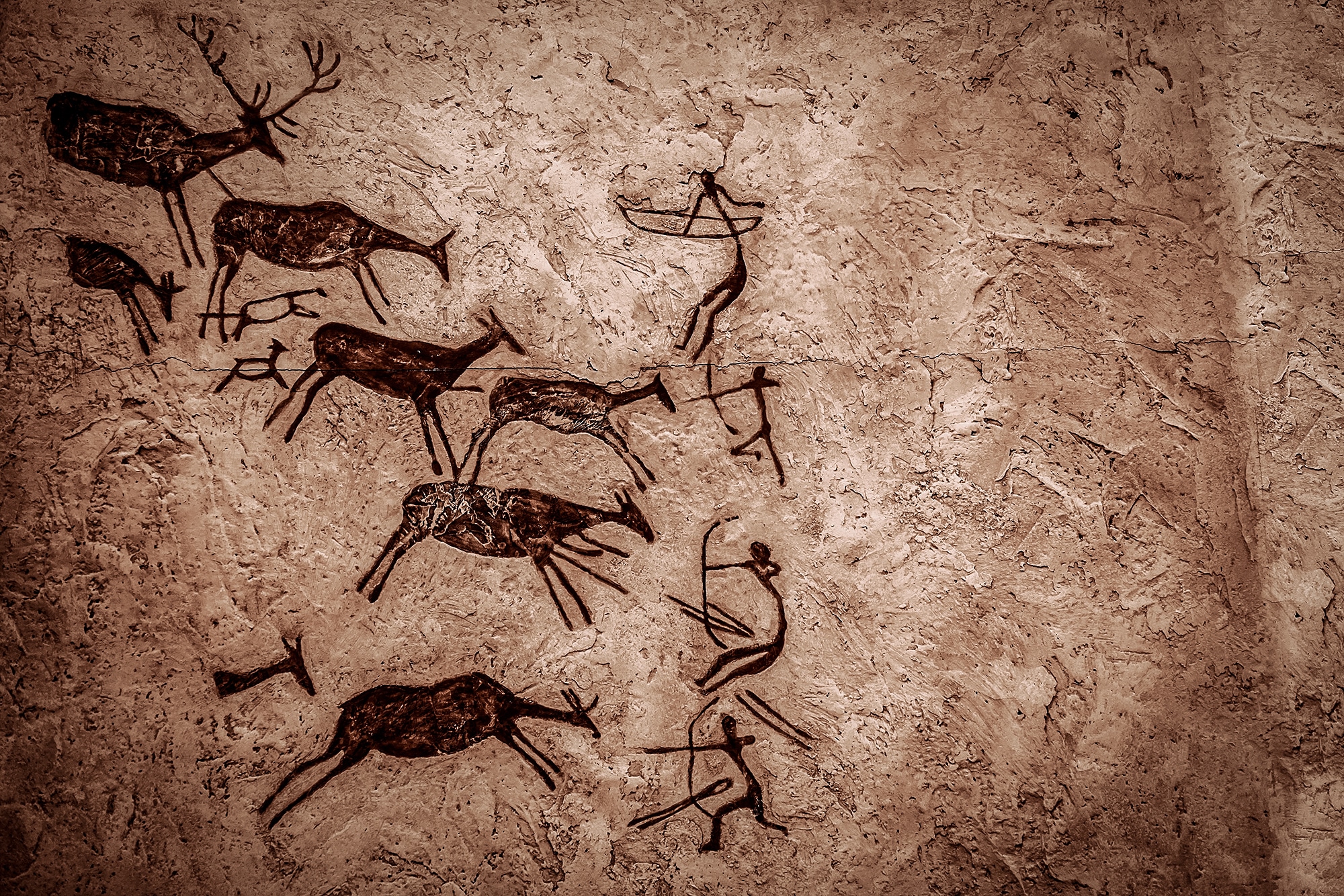
If they couldn’t get close enough to deer, bison, bear, or other big game for their weapons to be effective, they didn’t eat — plain and simple. They also ran the risk of a wounded animal turning on them.
And it wasn’t all just about getting meat for the pot; primitive people used every last bit of the animal as part of their overall survival. Skins were made into blankets or clothing, tools were made from the bones, horns, and hooves, and eventually, gut was used for bow strings. Everything had a purpose and helped them sustain themselves day-to-day and season-to-season.
When it came to bringing down big game, ancient hunters developed tactics and methods based on their ingenuity, the tools they had at hand, the tools they could build, and deep knowledge of the animals, their habitat, and habits; some aspects of these tactics still live on today.
Here are five ways that ancient hunters were able to put big game on the ground for generations, long before gunpowder and even before the bow.
Hand-Held Spears and Atlatls
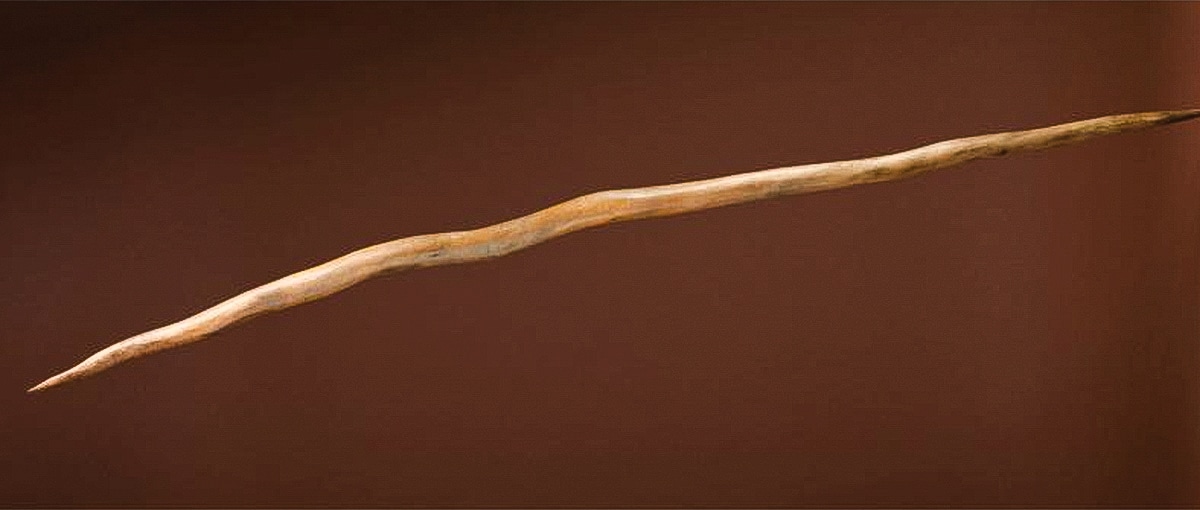
To start, no human being is killing much without a weapon since we have no natural weapons of our own, like claws or fangs. In the beginning, we literally started with rudimentary blades napped from stone and the sharpened sticks we carved with them.
Handheld sharpened spears are the oldest-known hunting tools used by humans. Three wooden spears sharpened on one end with a design like a javelin, and a shorter one sharpened at both ends, were found at Schöningen, Germany, in 1995; they were dated to about 400,000 BCE. That’s unfathomably old. The pyramids of Giza were ancient when Julius Ceasar was doing his thing, and they were built about 4,500 years ago.
The butchered remains of about 20 horses were found along with the spears. One animal had a spear sticking out of its pelvis, indicating that early humans were specialized hunters.
One study shows humans were actually selecting and killing what they wanted long before the time of these simple spears, up to 2 million years ago. The meat ingested by humans at that point was not, in fact, scavenged from the kills of other large predators, but secured on their own, according to the study.

Of course, thrusting spears had their limitations, and humans discovered that throwing them provided a more efficient way to dispatch large game without having to be as dangerously close to the animals — but doing so with accuracy and sufficient force was no easy feat.
Around 30,000 years ago — the Aztecs created the atlatl, a slightly curved piece of wood, ivory, or bone with one hooked end that fit the nock of a spear made of sharpened wood or tipped with a sharpened piece of stone: the precursor to the bow and arrow.
Atlatls essentially multiply the force of a hand-thrown spear or dart by adding another joint to the wrist-shoulder combination of an overhand throw. An experienced thrower could hurl a 5-foot-long spear at roughly 60 mph (88 fps) farther than 150 yards — and they were also targeting and dropping animals.
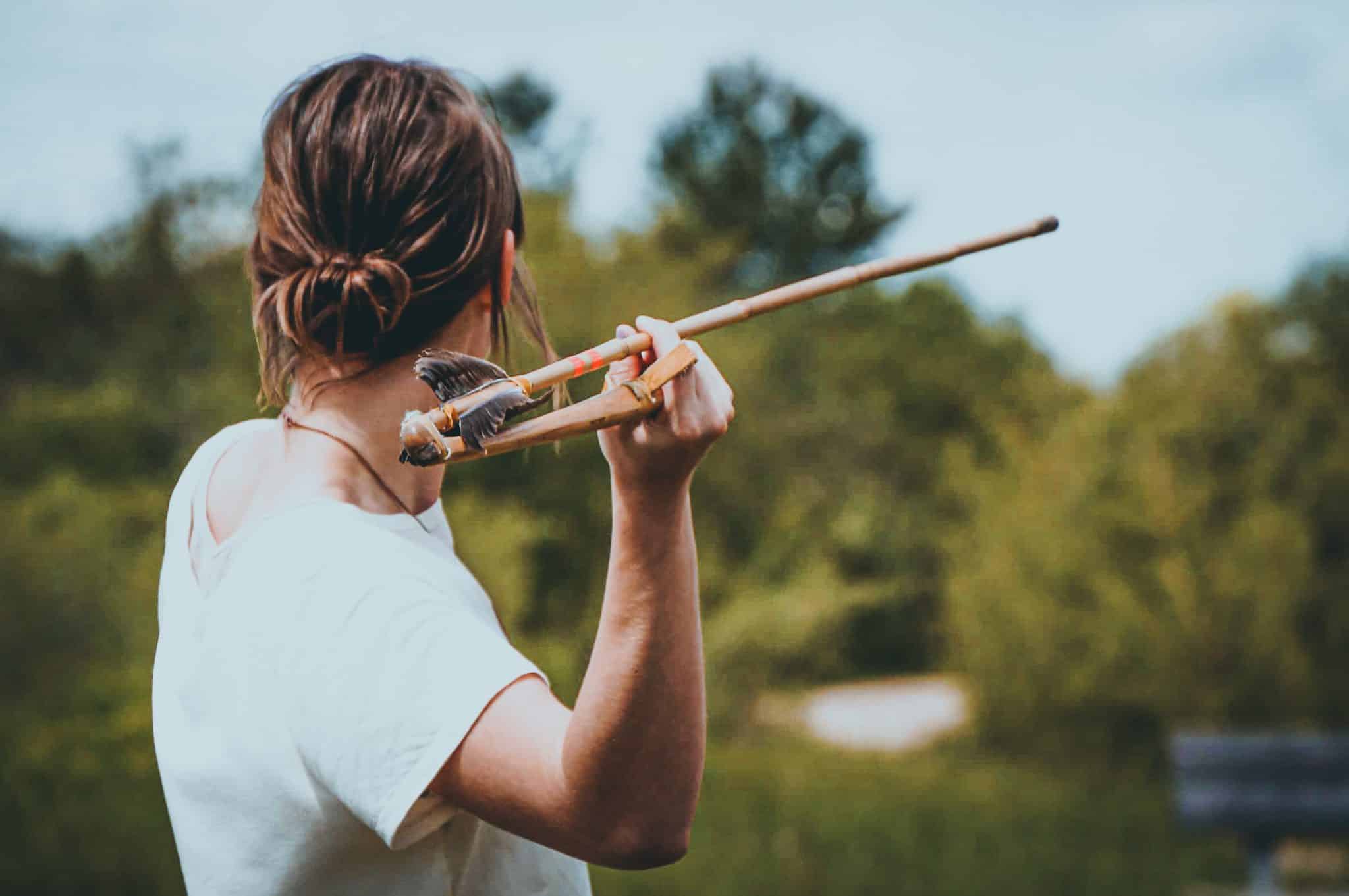
For reference, the velocity of modern javelin throwers has been clocked at 70 mph (or 113 fps), and the current world record for the javelin throw is 107 yards — that’s using very specifically designed javelins in ideal conditions, a crazy long run-up, and a wide-open pie-shaped target with nothing at stake but a medal, potentially — certainly not starvation.
Needless to say, when the Spanish conquistadors arrived in Mexico, they were stunned to find that the Aztec people had a stone-tipped weapon that was powerful enough to pierce their metal armor from a distance.
Atlatls have been found all over the world and still have a following today. Hell, Carbon Express even produced a modern version of the ancient weapon.
In the following millennia, the appearance of Clovis points radically increased the efficacy of speartips by providing a durable cutting edge that improved penetration. It would be tens of thousands of years before large game hunting success became the realm of “self bows” (the earliest bows we know about) and big brains. For generations, human beings had only these primitive hunting tools to work with, so the common denominator became their hunting tactics.
Ancient Hunting Tactics: Kiting and Scaring Sticks
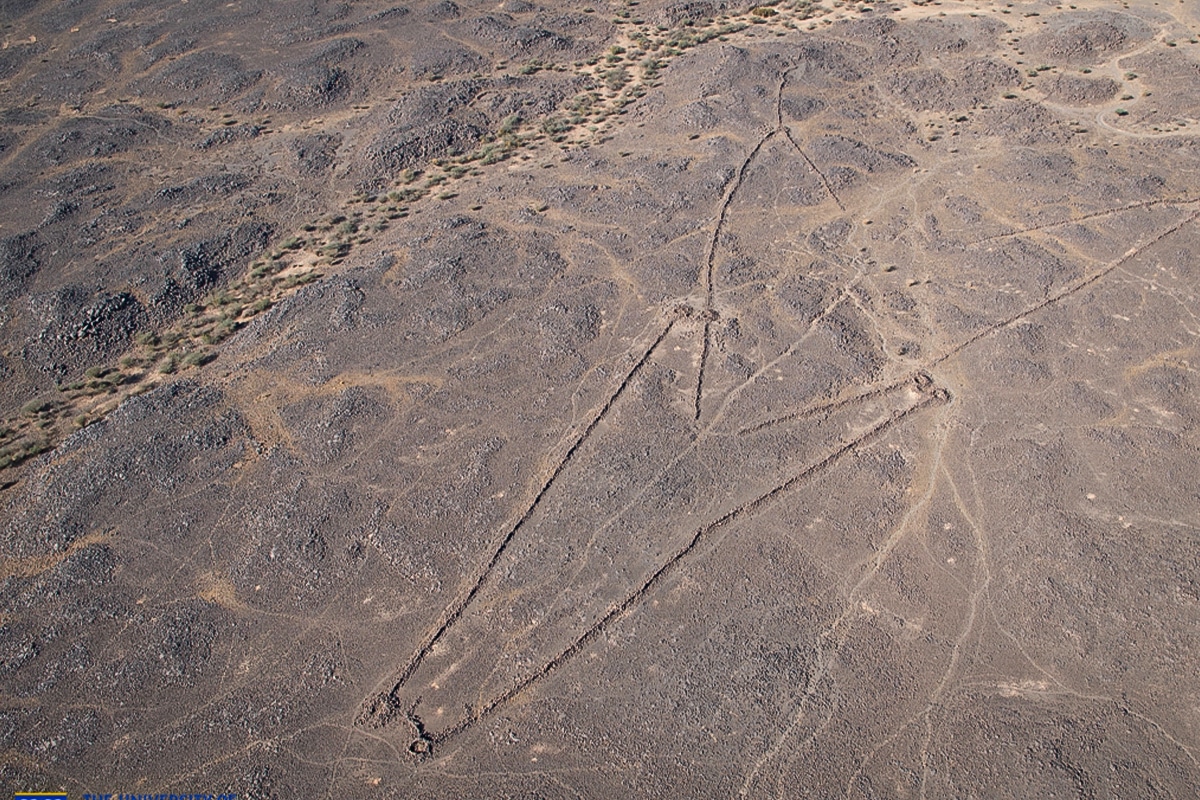
Before rudimentary agricultural practices began to flourish around 12,000 years ago, meat was humankind’s primary source of nutrition, and subsistence hunting was a community affair. Herding animals into a position where they could be killed was a far easier proposition when groups of people worked together.
Even so, a group simply running into the woods, desert, or wide-open plains without direction is not going to be effective. In order to kill as many animals as possible as efficiently as possible, the group would need some topographical help.
While flying over the eastern deserts of Jordan in the 1920s, Royal Air Force Pilots spotted structures that were shaped like kites. These kites were discovered to be man-made stone walls stacked in the shape of a “V.” The structures, which ranged anywhere from a few meters in length to a few kilometers, were more than 10,000 years old and used to funnel wild animals to a single deadly endpoint, be it a deep pit, dead end, or the edge of a high cliff.
A group of hunters on foot would start a stampede and steer the animals into the wide end of the kite, and then the walls would do their work and funnel the animals to their death. Many animals could be killed at once in this manner and keep a tribe or village alive for months.
A similar tactic used “scaring sticks,” which pushed migrating or herded reindeer in Norway toward hunters in blinds armed with spears or bows.
The scaring sticks were essentially tall sticks with a piece of bark or fur attached at the top. The wind would blow the bark or fur and the movement would spook reindeer into moving toward a hunter lying in wait.
Hunting Pits and Jumps
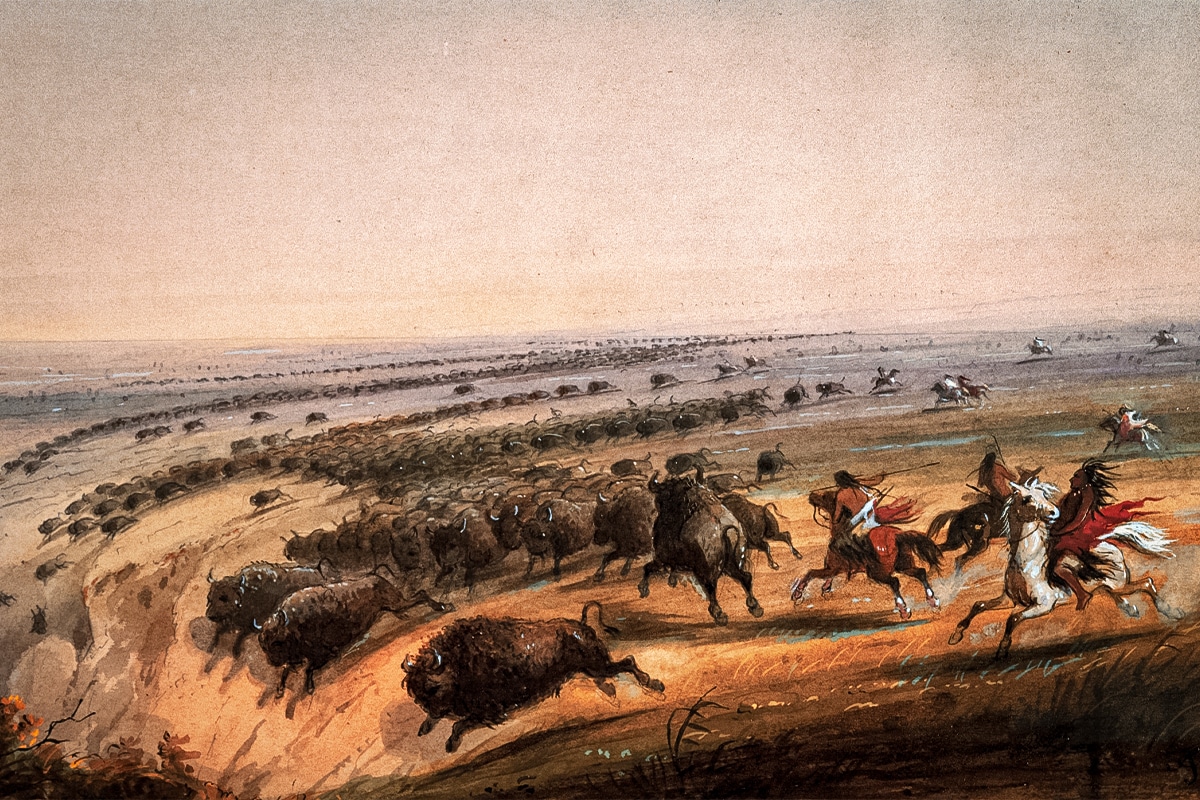
Buffalo or bison jumps were used by Native Americans to kill large quantities of plains bison. Whether in coordination with a kite or simply through the use of the topography, hunters would push animals toward a cliff where the energy of the stampede would force them over the edge.
The animals would either die on impact or would sustain broken legs and be killed by the hunters.
There are at least a dozen sites in Montana alone that archaeologists have studied. The largest is Ulm Pishkun — a cliff that stretches for more than a mile and has compacted bison bones nearly 13 feet deep at its base.
Of course, if the local terrain didn’t offer a suitably high cliff, people just had to make something that worked just as well. In England — long before it was England — archaeologists discovered that early humans drove deer and wild boar into camouflaged pits using a tactic similar to the buffalo jump developed independently half a world away. After being driven toward the deep pits dug in the earth, the animals would fall in and impale themselves on sharpened stakes planted in the bottom, or the pit merely contained the animals until they could be speared by hunters.
Six of over 400 pits have been excavated near Stonehenge, and researchers say they are up to 15,000 years ago.
The use of hunting pits and jumps became an even deadlier tactic once dogs and horses were introduced to the chase in regions around the world. At that point, hunters gained an immense speed and maneuverability advantage.
Persistence Hunting

Believed to be one of the earliest strategies used by early humans to hunt wild game, persistence hunting is essentially a game of last man/animal standing that takes advantage of the few physical capabilities human beings possess that outshine many others in the animal kingdom. It’s a practice still used by the Tarahumara in northern Mexico and the Bushmen of the Kalahari.
Persistence hunters chase prey through the hottest part of the day. A human’s ability to stay cool by sweating combined with our upright, efficient running physiology means we are really good at endurance — a person who is conditioned and in shape can run and walk much farther and longer than many four-legged critters. That means we are able to outlast faster, short-burst wild game, like antelope, that have to rest often to cool down.
By employing a combination of running, walking, and tracking, the hunters would push the game to move before they had a chance to cool down, ultimately causing them to die of heat exhaustion or to stand still within spear or arrow range.
Blinds and Ambushes
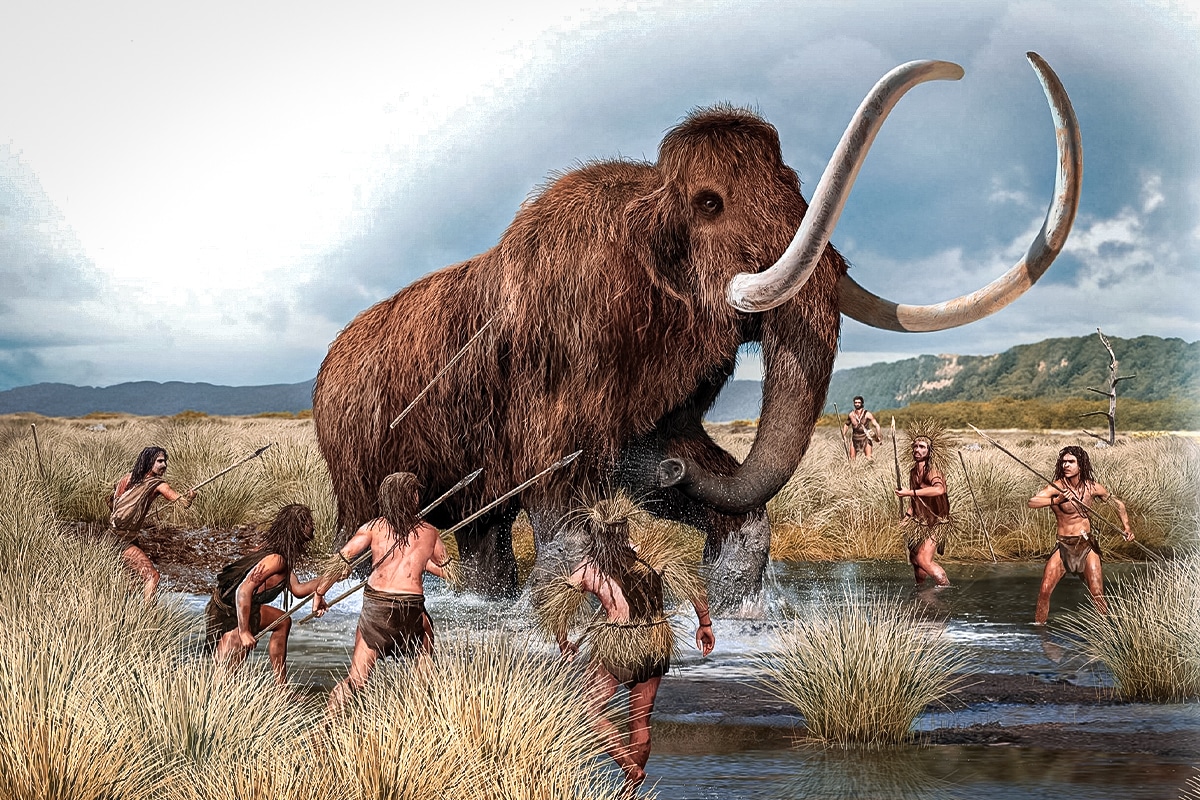
Adequately concealing yourself while hunting big game was as simple and effective a tactic hundreds of thousands of years ago as it is for hunters today. If ancient humans wanted to get the drop on an animal at close range — that meant using camouflage and building blinds.
Setting up a blind or cover for an ambush, which is a tactic much better suited to lone hunters rather than large hunting parties, requires patience as much as it does knowledge of the quarry and its habits. Man-made blinds like pits camouflaged with brush near watering holes or food sources put hunters close to known wild game gathering areas.
Archaeologists have discovered that stacked stone blinds built within known migratory corridors were used as well.
Naturally occurring elements, like rock outcroppings or cliffs, tall grass, blow-downs, riverbanks, or even the branches and foliage of a tree, provided the necessary cover for ambushing wild game. Pinch points like gorges or ravines also offered hunters the chance to ambush animals at close-range from above with rocks or spears.
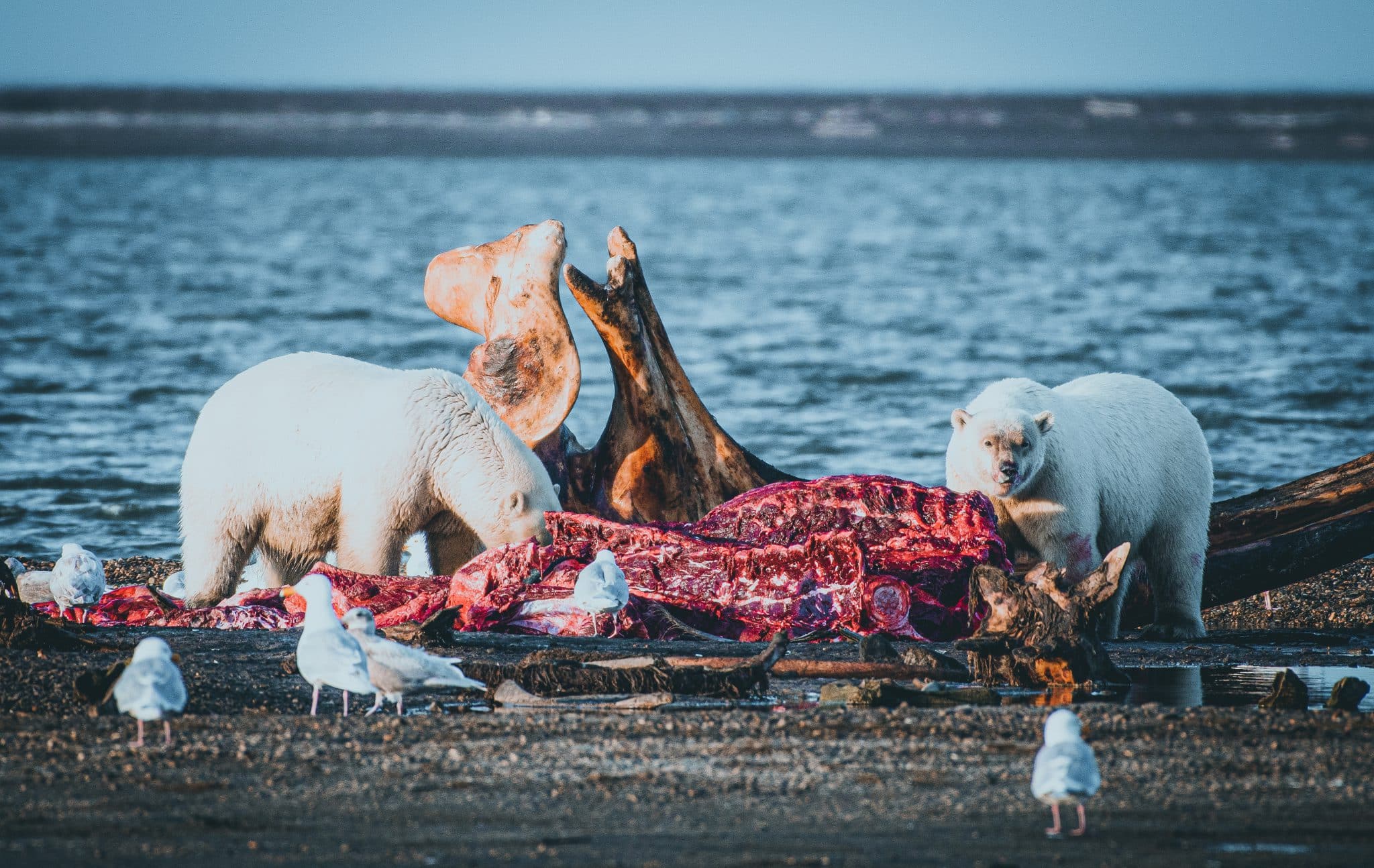
The Arctic polar bear hunters of Zhokhov Island in the East Siberian Sea are believed to have ambushed denned females. Explorers recovered 400 polar bear bones from the island — the largest and oldest collection of polar bear bones left by human hunters anywhere in the world. Permafrost preserved them for over 8,200 years.
In other words, ancient hunters were face-to-face with some seriously questionable odds more often than not when killing big game.
The next time you draw down on a monster bull elk or stud whitetail and place that pin just behind his shoulder, take half a heartbeat to think about the millions of years of life-or-death experiences that necessitated the prehistoric invention that came before any of the technological advancements we’ve come to expect in our gear today.
Let that respect and gratitude sink in — and then let that broadhead eat.
READ NEXT – Hints, Tips, Tactics, and More That Will Make Your Elk Season Successful

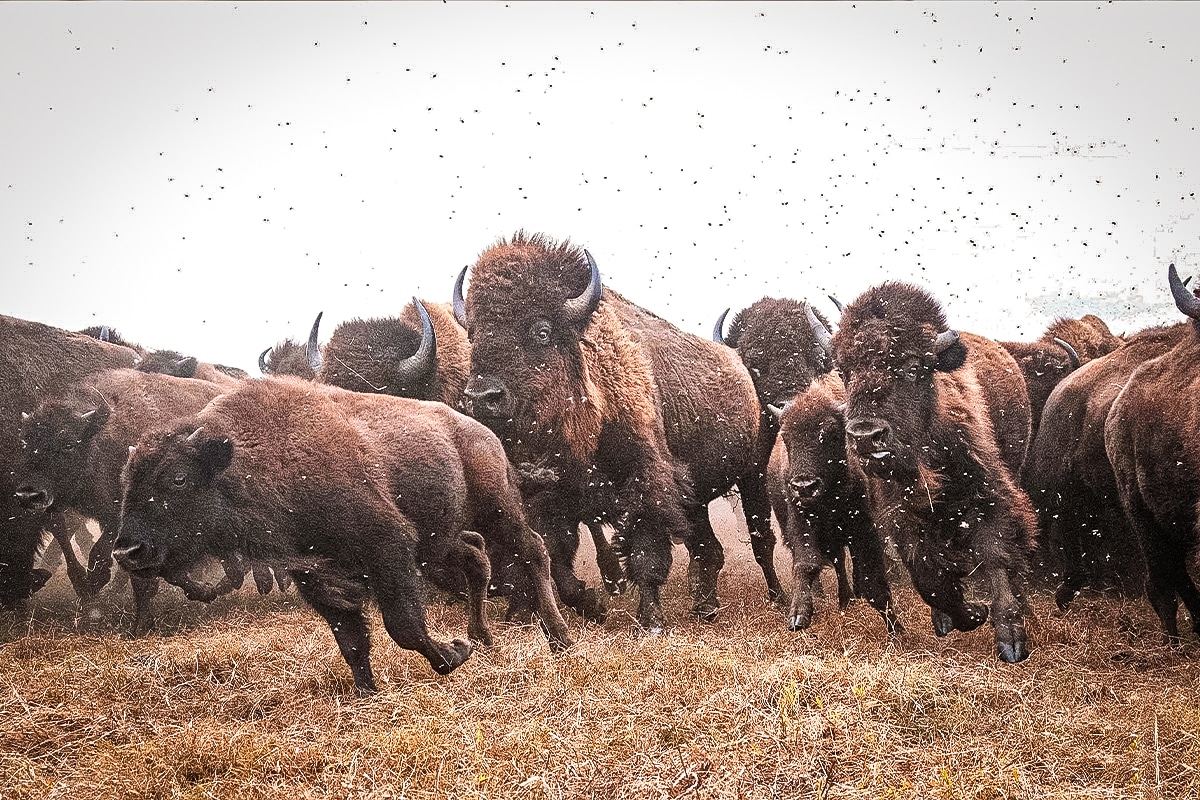


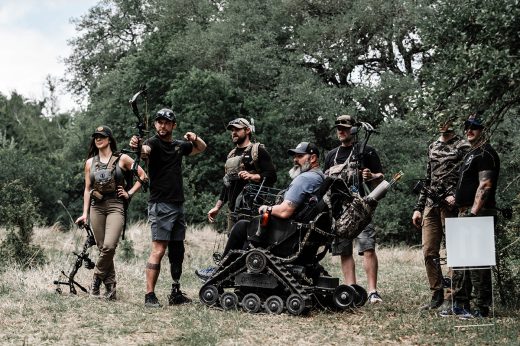
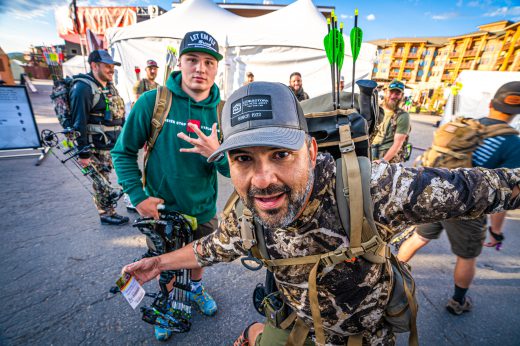


Comments